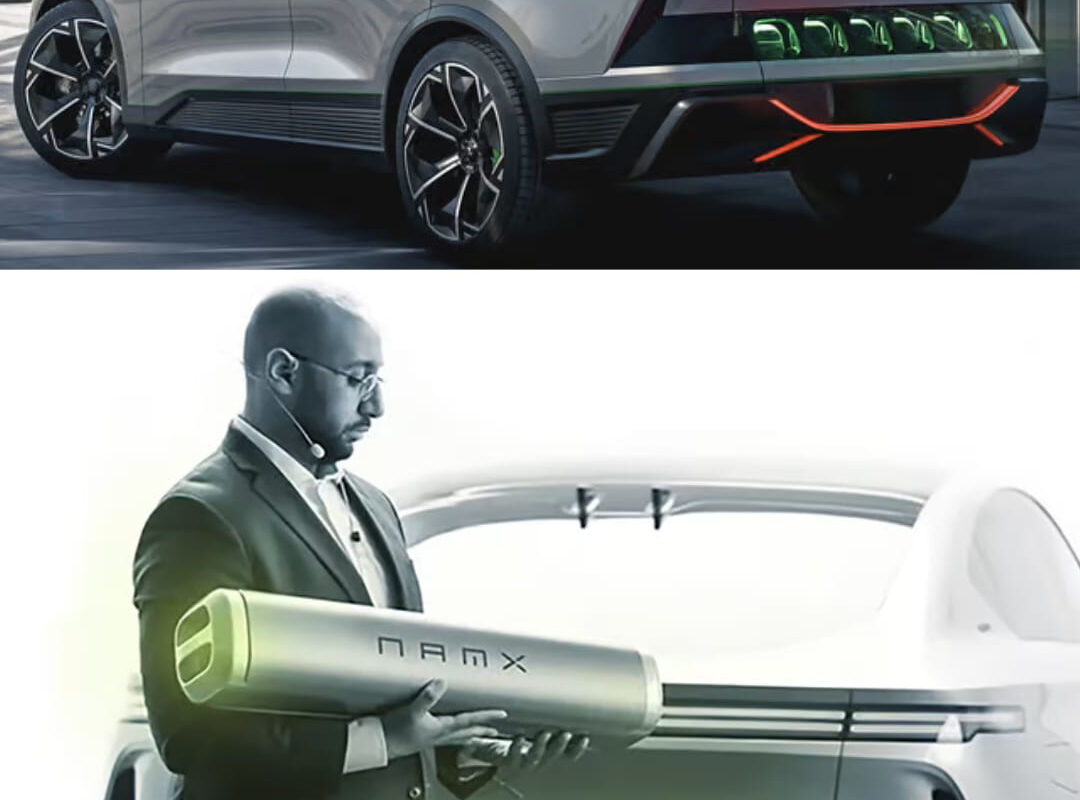The first hydrogen energy car that can refuel in just five seconds and achieve a range of up to 1,500 kilometers represents a groundbreaking advancement in sustainable transportation. Hydrogen fuel cell technology is increasingly recognized as a key component in the transition to cleaner energy, offering significant advantages over traditional battery-electric vehicles (EVs) in terms of refueling speed and range.
How It Works
A hydrogen energy car uses a fuel cell system to generate electricity by combining hydrogen stored in its tank with oxygen from the air. This process produces electricity to power the car’s electric motor, with water vapor as the only byproduct. Unlike EVs, which require time-consuming battery charging, hydrogen cars can refuel as quickly as conventional gasoline-powered vehicles.

Key Features
- Five-Second Refueling
The innovative refueling system leverages advanced hydrogen storage and dispensing technology, allowing drivers to fill the tank in as little as five seconds. This marks a significant improvement over battery EVs, which often require at least 30 minutes to several hours to charge. - 1,500 Kilometers Range
The impressive range of 1,500 kilometers is achieved through enhanced fuel cell efficiency and lightweight vehicle design. This is a substantial leap over current EVs and even some traditional internal combustion engine cars, making long-distance travel more convenient. - Environmental Impact
Hydrogen cars produce zero emissions during operation, with only water vapor released. If hydrogen is produced using renewable energy sources (like solar or wind), the entire lifecycle of the vehicle can be carbon-neutral. - Innovations in Hydrogen Storage
The car features a cutting-edge hydrogen storage system, capable of holding a high volume of compressed hydrogen safely and efficiently. This innovation is pivotal in achieving both the long range and rapid refueling capabilities.

Challenges Ahead
While the technology is promising, challenges remain for widespread adoption:
- Hydrogen Infrastructure: The lack of refueling stations limits accessibility for most consumers.
- Cost: Production and deployment of hydrogen fuel cells and storage systems remain expensive.
- Hydrogen Production: Currently, a significant portion of hydrogen is derived from natural gas, which generates emissions. Transitioning to green hydrogen production is essential.
Future Prospects
The debut of this hydrogen energy car underscores the potential for hydrogen to complement battery EVs in creating a sustainable transportation ecosystem. As governments and industries invest in hydrogen infrastructure and technology, such vehicles could revolutionize mobility by combining the benefits of zero emissions, extended range, and unparalleled convenience in refueling.



